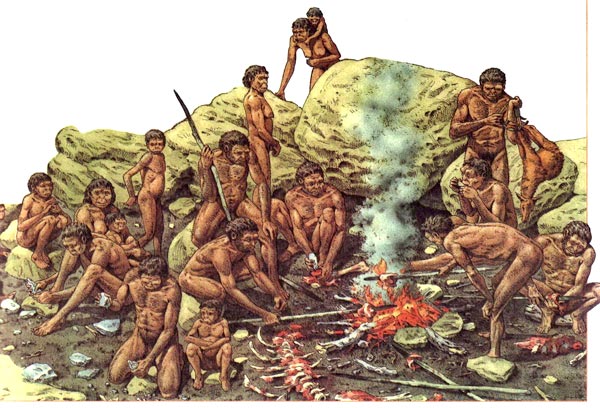EVOLUTION OF THE NUTRITION SYSTEM OF THE POPULATION OF THE UPPER VOLGA REGION IN THE PRIMEVAL PERIOD
DOI:
https://doi.org/10.24852/2587-6112.2020.5.55.61Keywords:
archaeology, Upper Volga region, primeval period, description program, archaeological monument database, evolution of household systems, nutrition systemAbstract
The article traces the evolution of the nutrition system of the population of the Upper Volga region based
on an analysis of archaeological data obtained at the most thoroughly studied monuments of the Mesolithic,
Neolithic, Bronze Age and early Iron Age, located within the contemporary Tver region. The author considers
a summary of the background information related to the study of the household systems. The nutrition system
is analyzed for two related, but separate stages, the fi rst of which was the Mesolithic, Neolithic and the second
one was the Bronze and Early Iron Ages. A previously developed program for analyzing life support systems
was used to study the nutrition system, which includes 59 informative blocks and 345 attributes. Based on
the obtained data, it was revealed that for thousands of years of primitive history the nutrition system was
represented by all types of activities generally associated with the extraction, preparation and preservation of
foodstuffs. Fishing and gathering remained mandatory primary production for the two stages, but hunting was
more developed in the Bronze and Early Iron Ages. In the course of adapting to the conditions of the natural
environment, the population of the Upper Volga region managed to create a successful life support system for
the development and growth of the population.
References
Artyunov, S. A., Markaryan, E. S., Mkrtumyan, Yu. I. 1983. In Sovetskaia etnografi ia (Soviet Ethnography) (2), 42–62 (in Russian).
Belyaeva, V. S. 2019 In Kutasov, S. S. (ed.). Kul’turnoe nasledie russkoy provintsii Materialy mezhregional’noi nauchnoi konferentsii (Tver, Staritsa, 9 noiabria 2019 goda) (Cultural Heritage of the Russian Province: Proceedings of the Interregional Scientifi c Conference (Tver - Staritsa, November 9, 2018).
Tver : Tver State University, 13−20 (in Russian).
Vorob'ev, V. M. 1994. In Chernykh, I. N. (ed.). Tverskoi arkheologicheskii sbornik (Tver Archaeological Collection of Articles) 1. Tver: “Triada”, 1–6 (in Russian).
Kozlov, V. I. 1991. In Kozlov, V. I. (ed.). Etnicheskaia ekologiia: teoriia i praktica (Ethnic Ecology: Theory and Practice). Moscow: “Nauka” Publ., 14−43 (in Russian).
Krupnik, I. I. 1989. Arkticheskaia etnoekologiia: modeli traditsionnogo prirodopol'zovaniia morskih ohotnikov i olenevodov Severnоy Evrazii (Arctic Ethnoecology: Models of Traditional Natural Management of Marine Hunters and Reindeer Herders of Northern Eurasia). Moscow: “Nauka” Publ. (in Russian).
Lagutkin, A. V. 2020. Otchet ob arheologicheskikh razvedkakh v bassejne r. Volgi v predelakh Kalininskogo i Starickogo rajonov (Report on Archaeological Exploration in the Volga River Basin within the Kalininsky and Staritsky Districts). Archive of the Institute of Archaeology of the Russian Academy of Sciences (in Russian).
Kul’tura zhizneobespecheniia i etnos (Sustenance Culture and Ethnos) 1983. In Markaryan, E. S., Artyunov, S. A. (eds.). Yerevan: Academy of Sciences of the Armenian SSR (in Russian).
Sataev, R. M. 2017. In Vestnik arkheologii, antropologii i etnografi i (Bulletin of Archaeology, Anthropology and Ethnography) (4), 126−134 (in Russian).
Fagan, B., DeCorse, C. 2007. Arkheologiia. V nachale (In the Beginning an Introduction to Archaeology). Moscow: “Tekhnosfera” Publ. (in Russian).
Yamskov, A. N. 2017. In Dubova, N. A. (ed.). Etnos i sreda obitaniia. (Ethnos and Habitat) 4. Moscow: “Staryi sad” Publ., 36–47 (in Russian).

Downloads
Published
How to Cite
Issue
Section
License
Copyright (c) 2020 V.S. Belyaeva

This work is licensed under a Creative Commons Attribution-NonCommercial 4.0 International License.







